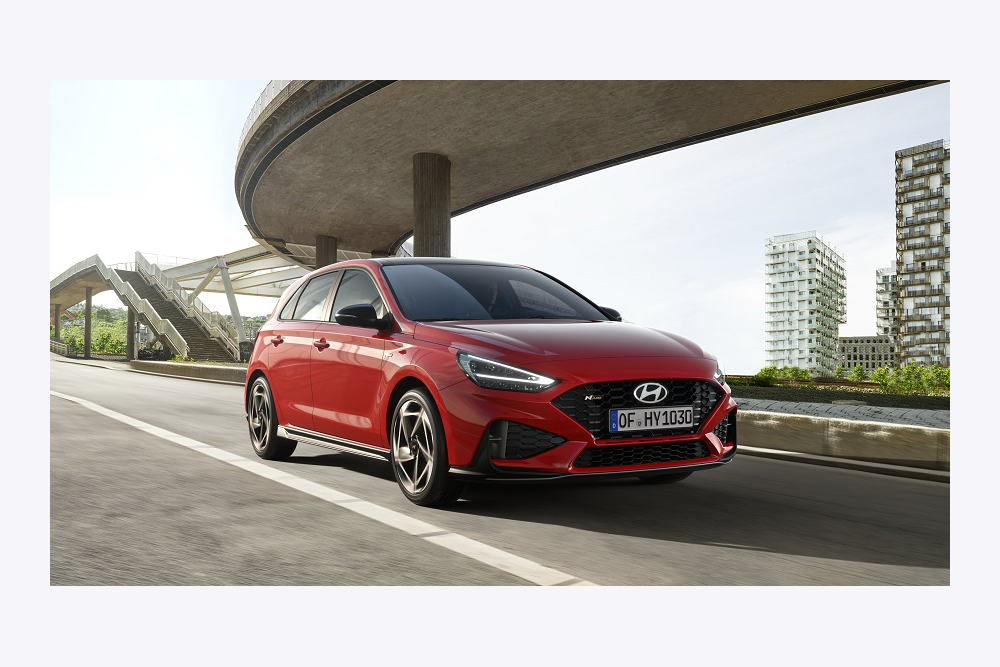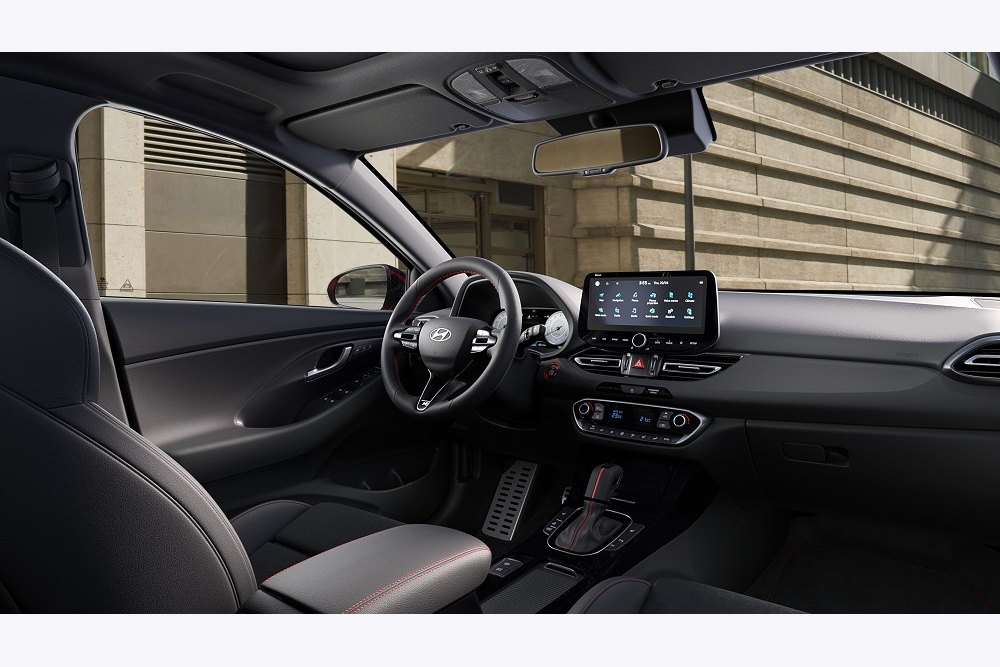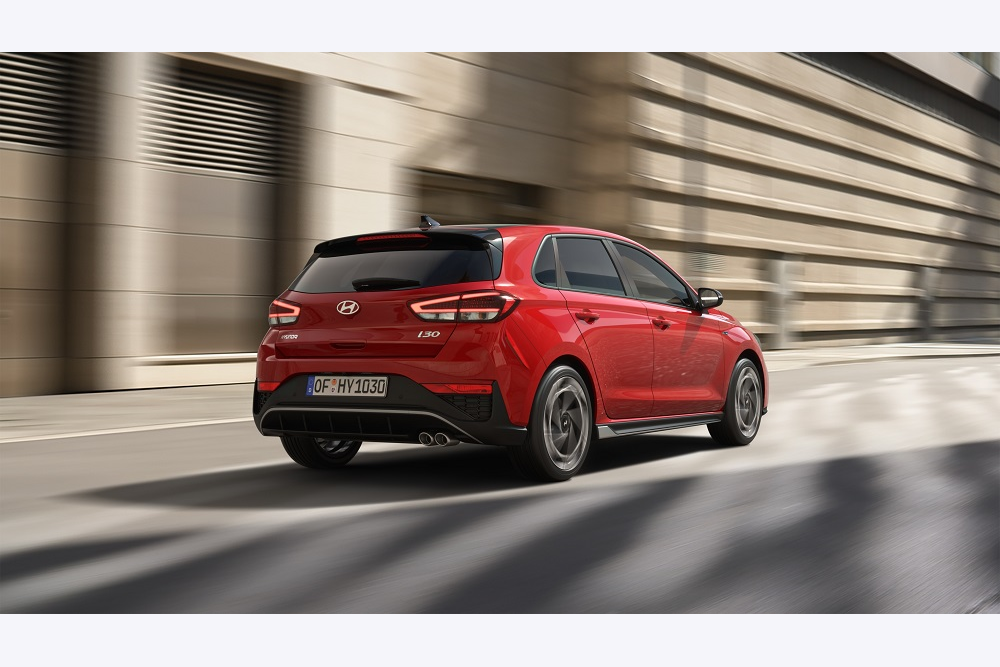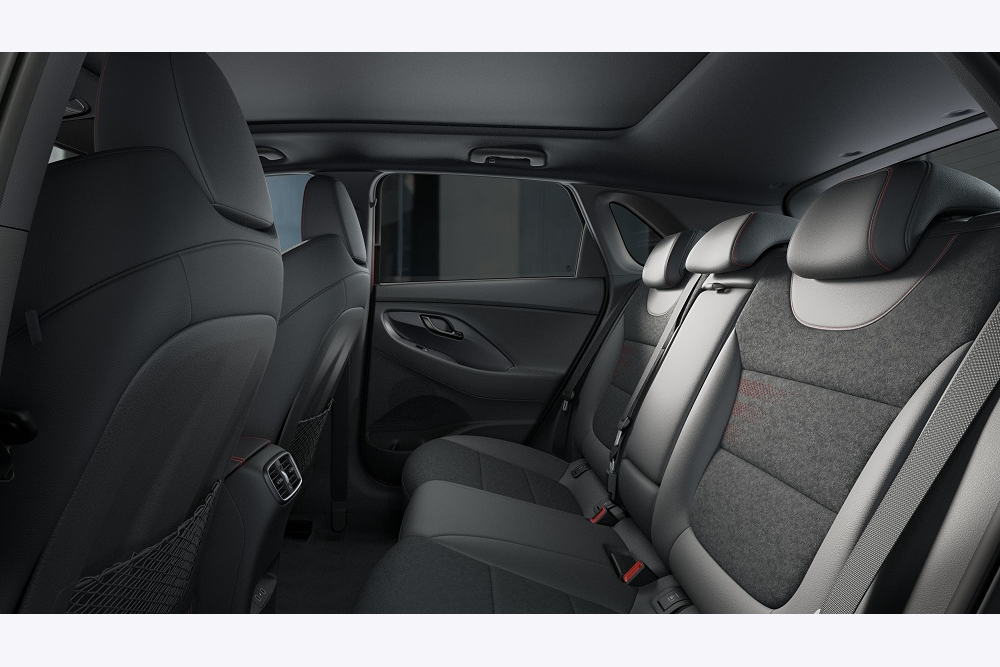
Hyundai moves upmarket with new i30 hatch
ELECTRIC cars may be making all the headlines but hybrids are streaming an increasing amount of sales. In response, manufacturers are expanding their hybrid offerings with Hyundai adding to the list with a hybrid version of its popular i30.
The introduction of the hybrid isn’t the only major change. Hyundai has stopped production of i30 hatchback in Korea — where previous i30s have been made — and will now source from its plant in Czechia.
The change brings a new power plant for more fuel efficiency but a big jump in pricing and the end of the entry-level i30 models.

From next month, the cheapest Hyundai i30 will cost $36,000 (plus on-road costs), up a whopping $12,000 on the outgoing Korean-built base model at $24,000 (plus on-road costs).
With the change to European production, the i30 moves into a new price territory but picks up loads more equipment with the N-Line ($36,000) and N-Line Premium ($41,000) grades the only ones on offer. Premium paint is an extra $595.
It comes with an expanded safety kit including Hyundai’s standard SmartSense safety features with the addition of forward collision-avoidance assist 1.5 with junction turning warning, intelligent speed-limit assist (ISLA), multi-collision braking and rear occupant alert.
ISLA, included because it’s a Euro-spec item, has been criticised in Australia for its distractive beeping when the speed is exceeded by 2km/h but Hyundai has a “fix” to override the noise for Australian owners.

Other features are a 10.25-inch full digital instrument cluster and an 8.0-inch display audio unit with digital radio.
Hyundai will offer its Bluelink connected car services and ‘over the air’ (OTA) wireless update capability. On the Premium The Bluelink service is free for the first five years and is transferable between owners during that period.
The Premium also adds a 12-way electric-adjustable memory driver’s seat, heated front seats and steering wheel, and a panoramic sunroof.
Externally, the i30 picks up the latest European styling and is distinguished by a new front grille and air intake design, LED headlights, side skirts, rear bumper, and 18-inch alloy wheels.
The 1.5-litre, four-cylinder turbocharged hybrid power plant is rated at 117kW/253Nm and has a claimed average fuel consumption of 5.6 litres/100km.

By comparison, the outgoing 2.0-litre non-turbo engine in the base model has 120kW/203Nm and claims 7.3-7.4 L/100km.
The 1.6-litre turbo engine, fitted previously to the N-Line and selected variants, is replaced by the 1.5 hybrid. The 1.6 was rated at 150kW/265Nm and while less powerful than the incoming 1.5, used more fuel with an average of 7.1-7.5 L/100km (dependent on variant).
There is only one transmission offered in the incoming hybrid — a 7-speed dual-clutch transmission that was also used in the 1.6-litre turbo.
The 48-volt hybrid is an assistance power source. It complements the petrol engine by providing electric motor assistance during various driving stages, aimed at improving fuel efficiency, emissions and responsiveness.
It provides assistance during the initial tip-in and acceleration phases, can act as a generator during steady driving, and recuperates energy during overrun and braking. It also allows the petrol engine to switch off when coasting at low speeds.
Hyundai offers a five-year, unlimited distance warranty.
The new i30 goes on sale in. September.
For a great deal on financing your new purchase, contact Australia's best reviewed finance broker on 1300 Credit (1300 273 348) today or visit CreditOne.com.au



